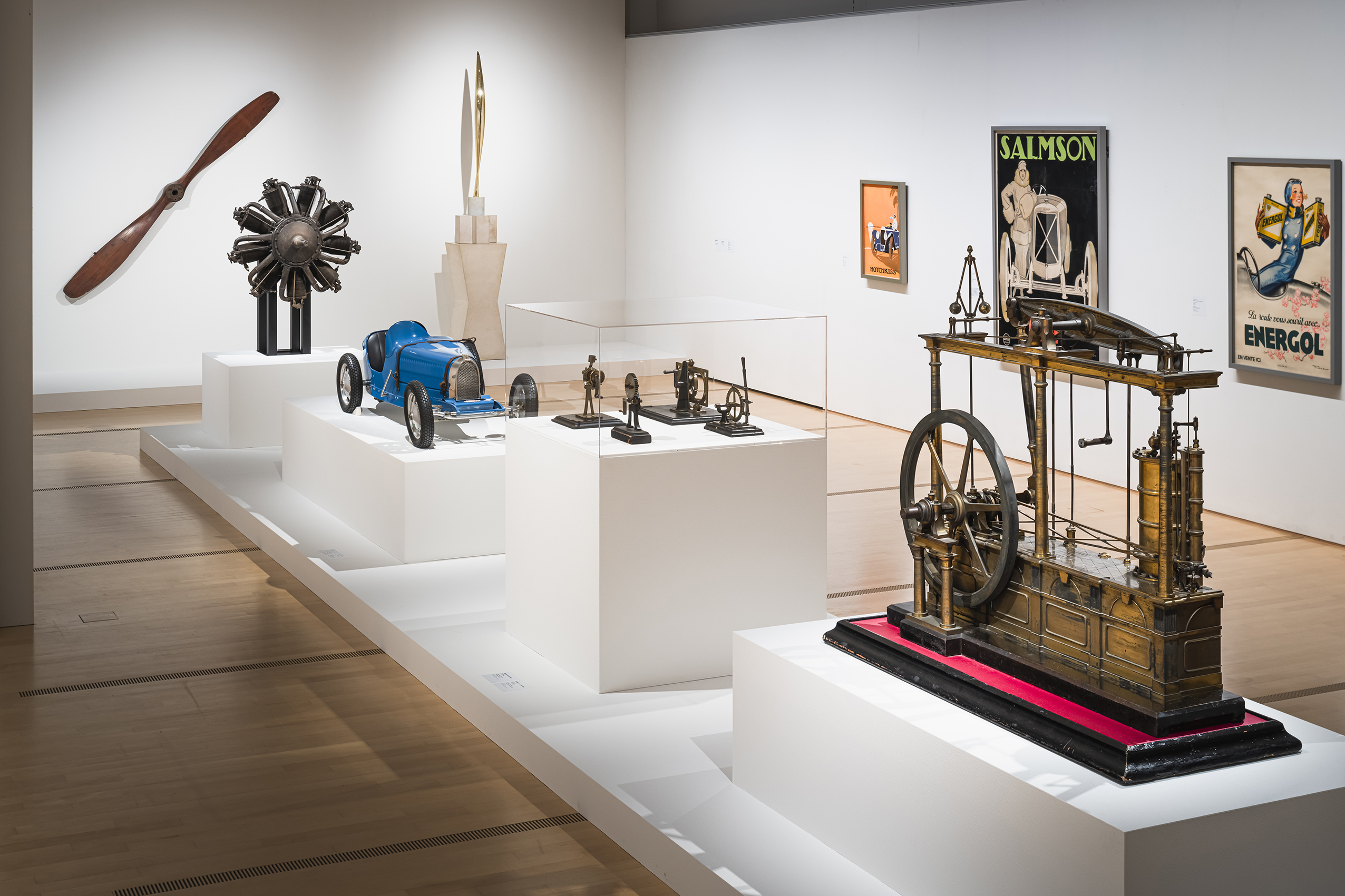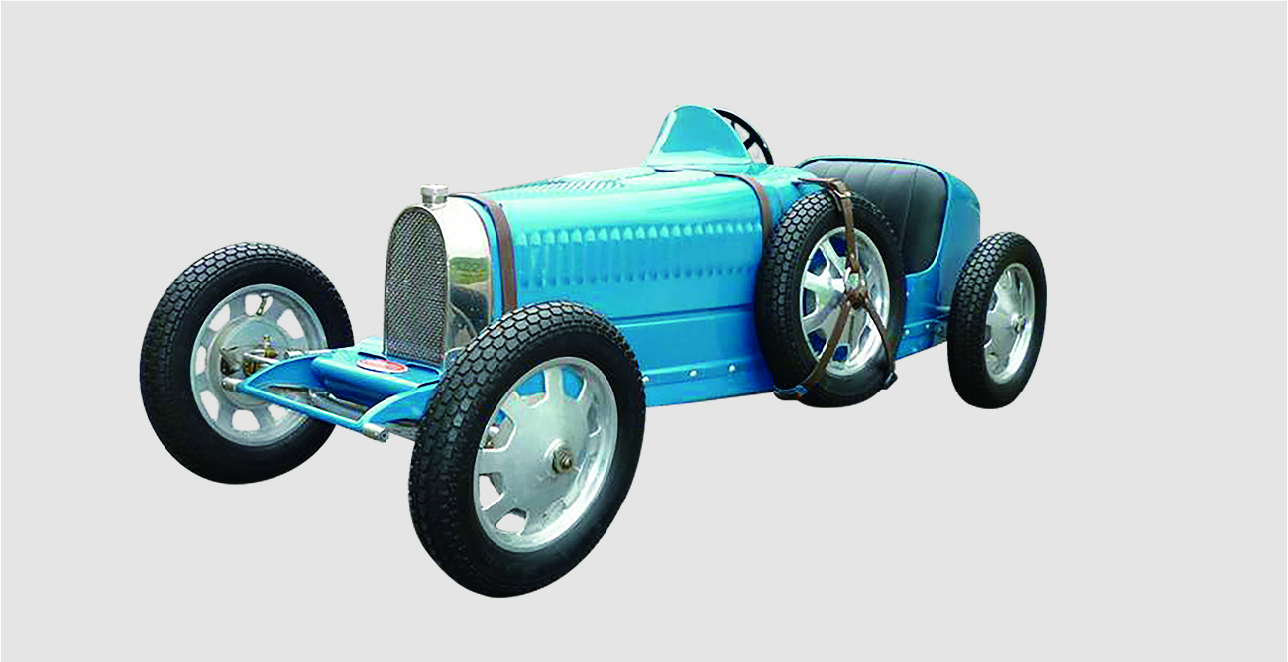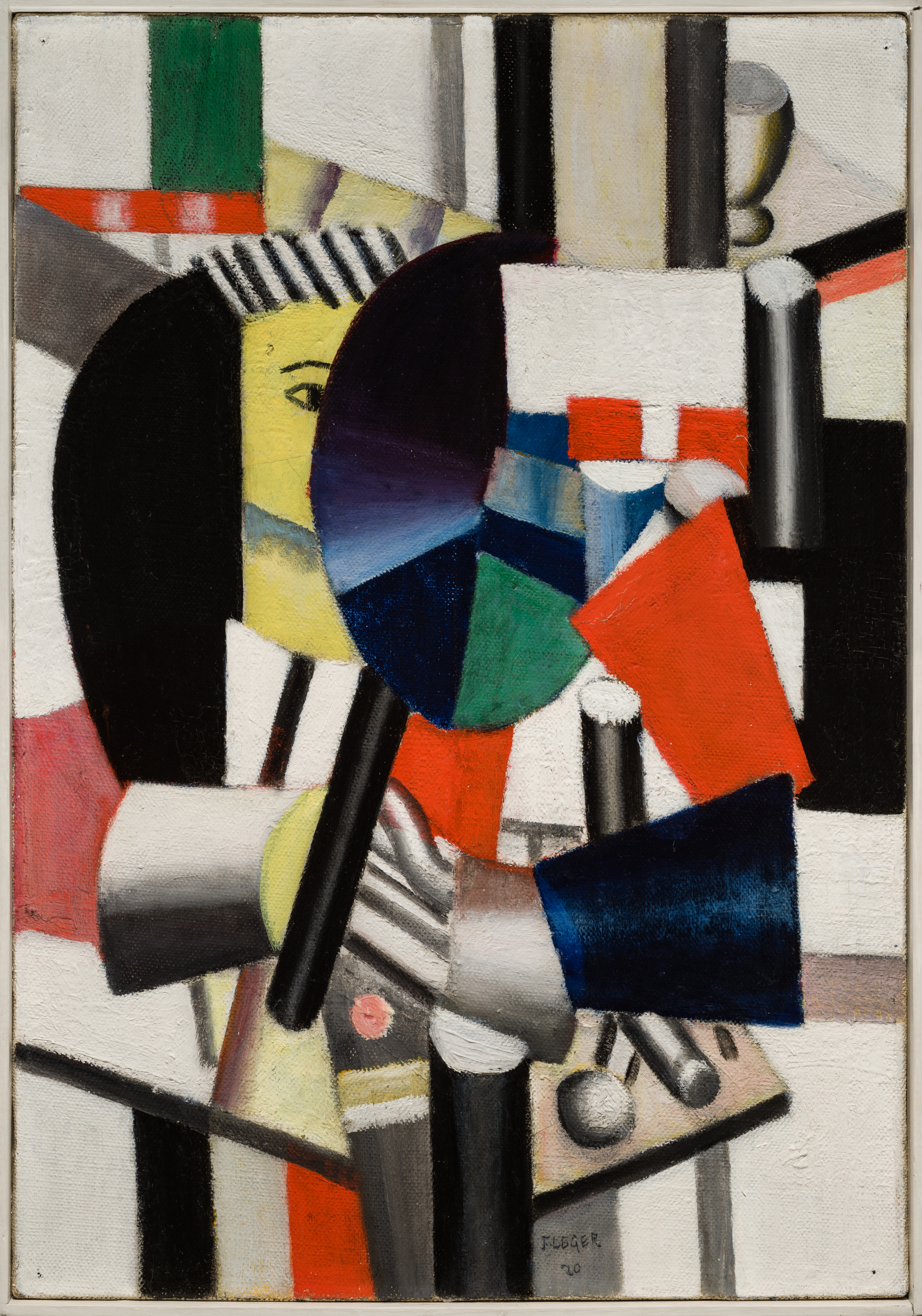MODERN TIMES IN PARIS 1925: ART AND DESIGN IN THE MACHINE-AGE
HAPPENINGText: Alma Reyes
Walter Gropius, director of the Bauhaus school in Germany established in 1919, claimed the institution “The Bauhaus believes the machine to be our modern medium of design and seeks to come to terms with it.”
The relationship between art and machine witnessed its pinnacle of clarity and implementation after the end of World War I in 1918 when industrial civilization advanced at enormous speed in an effort to restructure social systems and restore order. The sweeping reformation of design philosophies prioritized functionality, practicality and modernism adapted to architecture, furniture, graphic design, fashion, products and all aspects of living. Human conception of the changing world revolutionized ideas and beliefs, aligning innate instincts with mechanism and engineering. The era became known as the “Machine Age,” which propelled massive technological development, such as automobiles, airplanes and home machinery.

Gallery view from Part I Man and Machine: Modernist Utopianism, Modern Times in Paris 1925: Art and Design in the Machine-age, Pola Museum of Art, Photo: Ooki Jingu
The exhibition “MODERN TIMES in Paris 1925: Art and Design in the Machine-age” running until May 19 this year at Pola Museum of Art in Hakone exposes the various factors that had linked art with machine, particularly in the 1920s and 1930s. Although the machine-age period prospered significantly in Paris, especially in the event of the International Exhibition of Modern Decorative and Industrial Arts fair held in the city in 1925, other countries across Europe, U.S. and Japan as well were highly influenced by the profound depth of the machine’s involvement in the arts.

Ettore Bugatti, Bugatti Type 52 (Baby), Late 1920s – Early 1930s, Toyota Automobile Museum
The call for innovative automobile design triggered the devise of stylish and trailblazing models that mirrored the industrial age. On display is Ettore Bugatti’s “Bugatti Type 52 (Baby)” electric car built for children around the late 1920s to early 1930s. It marked the era for cutting-edge automotive technology, infused with increased power output and efficiency, and high performance and precision for its time. In the same section are an aircraft engine, propeller, instruments, and gramophones reflecting the age of machinery.

Fernand Léger, Woman at the Mirror, 1920, Pola Museum of Art
The epoch-making Art Deco movement rose to prominence in the 1920s also owing to the Paris Exposition Fair. Exoticism, classicism, and sophistication became essential ingredients for aesthetic quality, alongside geometric forms guided by Cubism, and exploration of man-made materials (plastic, glass, ferroconcrete, steel, and others). Fernand Léger’s “Woman at the Mirror” (1920) emits strong Cubism characteristics in the deliberately manifested mechanized shape of the woman’s head and body parts and purity of primary colors. During World War I, he was fascinated by cannons, solidity of the sun and luminosity of metal plates that led to his compositions involving metallic parts.
Read more ...





